What are Effective Oil Recovery Methods
Oil spills pose substantial environmental risks, having the potential to devastate marine ecosystems and coastal communities. Effective oil recovery methods are critical for reducing the environmental impacts and repairing damaged areas. There are numerous methods for recovering spilled oil, ranging from traditional mechanical procedures to cutting-edge technologies. This article explores various oil recovery methods, highlighting their key principles, applications, advancements and how simulation technology is utilized in optimizing oil recovery methods.
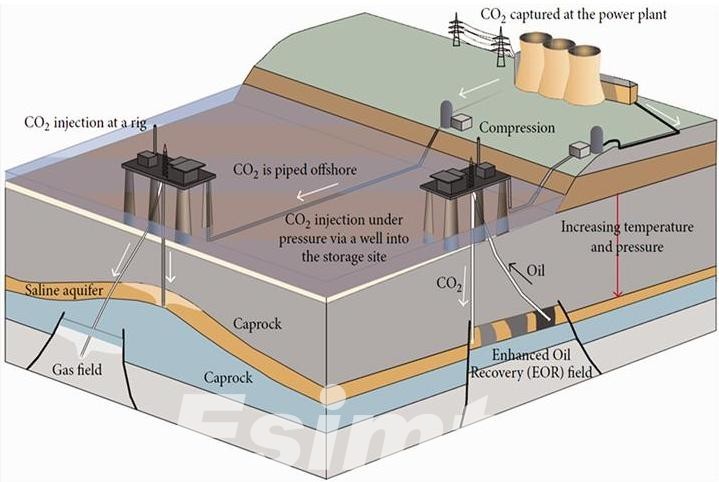
Various Oil Recovery Methods
1. Mechanical Recovery Methods
Mechanical methods involve physically removing oil from the water’s surface or shoreline. These methods are often the first line of defense in oil spill response efforts and include:
- Skimming: Utilizing specialized equipment such as oil skimmers or containment booms to skim oil from the water’s surface. Skimmers collect oil, which is then transferred to storage tanks for proper disposal or recycling.
- Vacuuming: Using vacuum trucks or pumps to suction oil from the water’s surface or contaminated shoreline areas. Vacuuming is particularly effective for removing oil trapped in shallow water or intertidal zones.
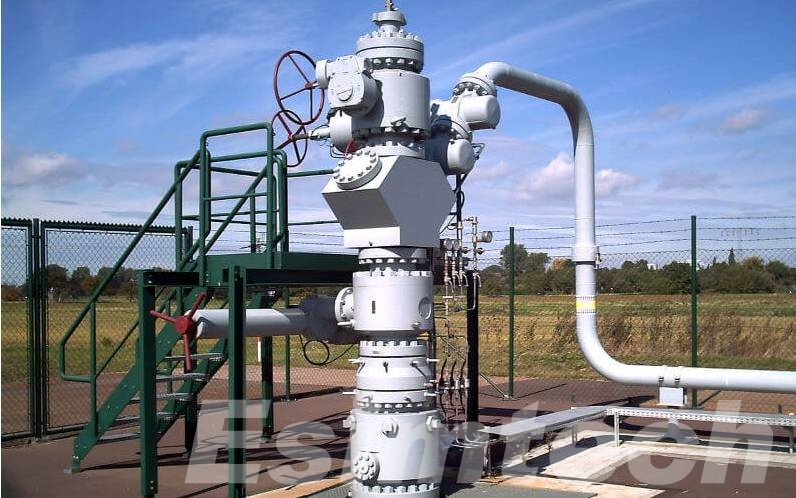
2. Chemical Recovery Methods
Chemical methods involve the use of additives or substances to alter the properties of spilled oil, facilitating its recovery or dispersion. Key chemical recovery methods include:
- Dispersants: Spraying dispersants onto oil slicks to break down the oil into smaller droplets, enhancing natural dispersion and biodegradation. Dispersants help prevent the formation of thick surface slicks and promote the dilution of oil in the water column.
- Emulsifiers: Applying emulsifying agents to promote the formation of oil-in-water emulsions, increasing the surface area of oil droplets and facilitating their removal or degradation.
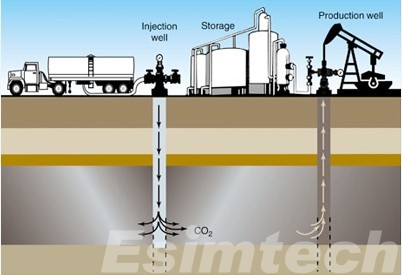
3. Biological Recovery Methods
Biological methods harness natural processes and organisms to aid in the degradation and removal of spilled oil.
- Bioremediation: Introducing specialized microbial consortia or nutrients to stimulate the natural degradation of oil by indigenous microorganisms. Bioremediation can accelerate the breakdown of oil components and promote the restoration of affected ecosystems.
- Phytoremediation: Using plants and vegetation to absorb, metabolize, or sequester oil contaminants from soil, water, or sediments. Certain plant species have the ability to accumulate oil components in their tissues, aiding in the removal of oil from contaminated environments.
4. Thermal Recovery Methods
Thermal methods involve the application of heat to recover or treat spilled oil. These methods include:
- In-Situ Burning: Igniting oil slicks on the water’s surface under controlled conditions to combust the oil and reduce its volume. In-situ burning is effective for containing and removing large oil slicks in open water environments.
- Thermal Desorption: Applying heat to volatilize and separate oil contaminants from solid surfaces, such as beaches or sediments. Thermal desorption can help remove residual oil from contaminated substrates and facilitate restoration efforts.
Innovative Technologies in Oil Recovery Methods
Innovative technologies are revolutionizing oil recovery methods, offering more efficient, environmentally friendly, and cost-effective solutions for mitigating the impact of oil spills.
1. Nanotechnology
- Nanomaterials, such as nanoparticles and nanostructured membranes, are being used to improve oil recovery efficiency and selectivity.
- Nanoparticles can selectively adsorb oil molecules while repelling water, enabling more efficient oil/water separation.
- Nanostructured membranes offer enhanced filtration properties, allowing for the separation of oil from water with greater precision and speed.
2. Robotics and Autonomous Systems
- Unmanned aerial vehicles (UAVs), autonomous underwater vehicles (AUVs), and remotely operated vehicles (ROVs) are deployed for remote sensing, monitoring, and intervention in oil spill response operations.
- Robotics enable rapid assessment of spill extent and environmental impact, as well as targeted deployment of oil recovery resources.
- Autonomous systems can operate in hazardous or inaccessible areas, providing valuable data and insights to support response efforts.
3. Advanced Sensors and Monitoring Systems
- High-resolution sensors and monitoring systems enable real-time detection and tracking of oil spills, allowing for rapid response and mitigation.
- Remote sensing technologies, such as satellite imaging and aerial drones, provide continuous monitoring of oil spill dynamics and environmental impact.
- Advanced sensors can detect oil concentrations, thickness, and dispersion patterns, guiding response efforts and resource allocation.
4. Innovative Containment and Recovery Systems
- Novel containment and recovery systems, such as flexible barriers, inflatable booms, and skimming devices, are being developed to improve oil recovery efficiency and versatility.
- Multi-stage filtration systems and vortex separators enable the efficient removal of oil from water, even in challenging conditions.
- Modular and deployable systems allow for rapid mobilization and adaptation to diverse spill scenarios and environmental conditions.
5. Thermal Treatment and Vapor Recovery
- Advanced thermal treatment technologies, such as thermal desorption and vacuum distillation, are used to recover oil from contaminated soil, sediment, or sludge.
- Vapor recovery systems capture and treat volatile organic compounds (VOCs) emitted during oil recovery operations, minimizing air pollution and environmental impact.
How Simulation Technology Used in Optimizing Oil Recovery Methods
1. Modeling Oil Spill Scenarios
Simulation software allows for the production of sophisticated models of oil spill scenarios, including parameters such as spill location, volume, meteorological conditions, ocean currents, and coastline features. Simulation models may reliably mimic hypothetical oil spill situations by incorporating real-world data and parameters, allowing responders to analyze the anticipated behavior and direction of spilled oil.
2. Predicting Oil Movement and Behavior
Advanced simulation tools simulate the movement and behavior of oil in marine environments, taking into account factors such as wind, waves, currents, and temperature. By accurately predicting the spread and dispersion of spilled oil over time, simulation technology helps responders anticipate the potential extent of environmental impact and plan effective response strategies accordingly.
3. Optimizing Response Strategies
Simulation technology allows responders to test and compare different response strategies and techniques in a virtual environment. By simulating the deployment of containment booms, skimmers, dispersants, and other equipment, responders can evaluate the effectiveness of each approach in containing and recovering spilled oil under various conditions. This enables them to identify the most efficient and cost-effective response strategies for specific spill scenarios.
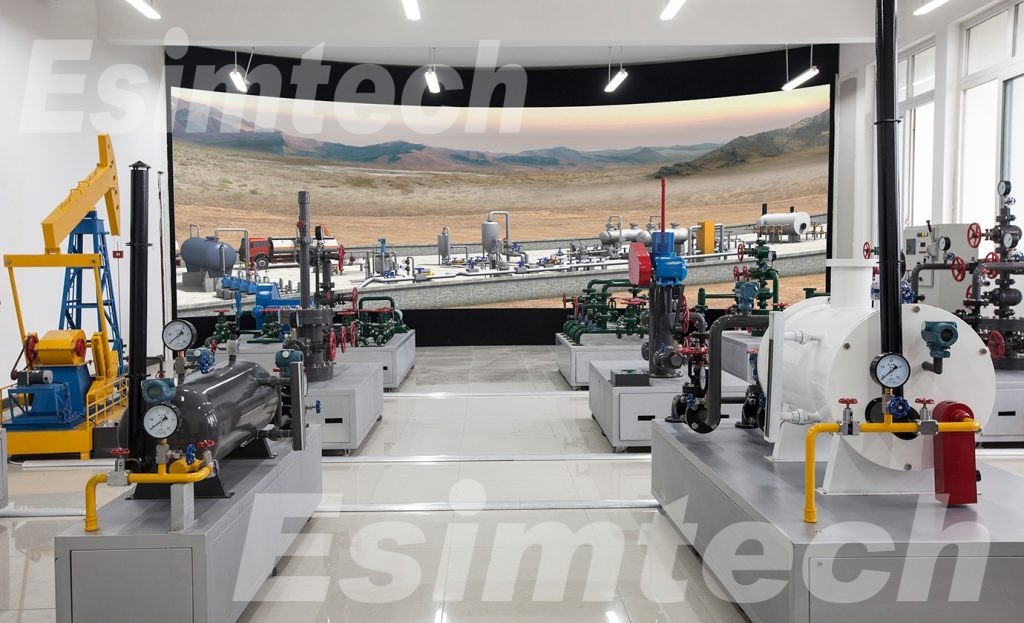
4. Assessing Environmental Risks
Simulation models can assess the potential environmental risks and impacts associated with oil spills, including the potential contamination of sensitive habitats, wildlife, and fisheries. By simulating the transport and fate of spilled oil, responders can identify areas of high environmental vulnerability and prioritize response efforts accordingly.
5. Training and Preparedness Exercises
Simulation technology is used for training and preparedness exercises to familiarize responders with oil spill response procedures and protocols. Virtual emergency simulations provide a realistic and immersive training environment where responders can practice decision-making, coordination, and communication skills in simulated oil spill scenarios. This helps ensure that responders are well-prepared to effectively respond to real-world oil spill incidents.
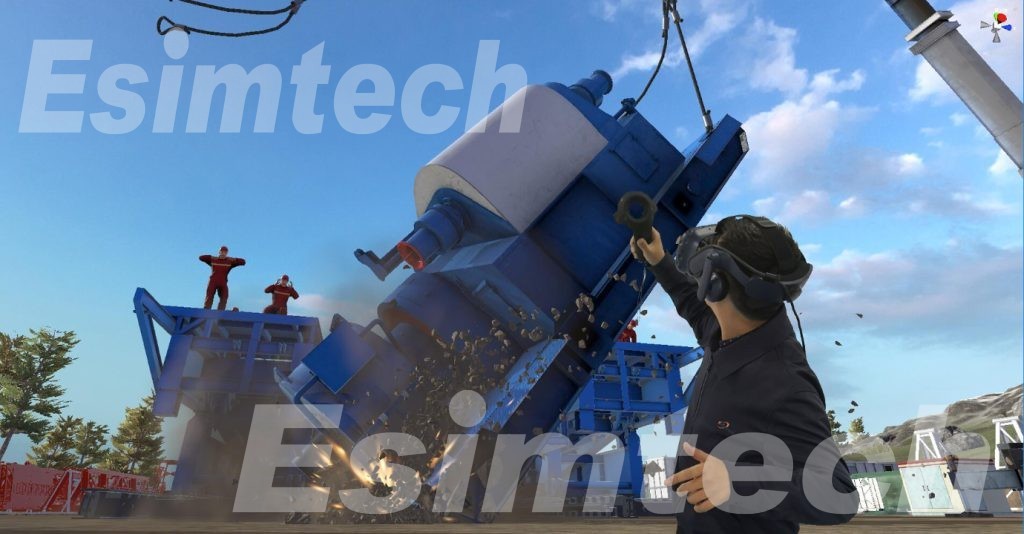
6. Continuous Improvement and Learning
Simulation technology facilitates continuous improvement and learning by allowing responders to analyze the outcomes of simulated response efforts and identify areas for improvement. By collecting data and feedback from simulation exercises, responders can refine response strategies, update contingency plans, and enhance overall preparedness for future oil spill events.
Conclusion
Oil recovery methods play a crucial role in responding to oil spills and mitigating their environmental impact and they can effectively contain, recover, and remediate spilled oil, minimizing damage to marine ecosystems and coastal communities. Innovation in oil recovery technologies are essential for enhancing response capabilities. Oil and Gas simulation technology provides a valuable tool for scenario modeling, prediction, decision-making, training, and continuous improvement.
